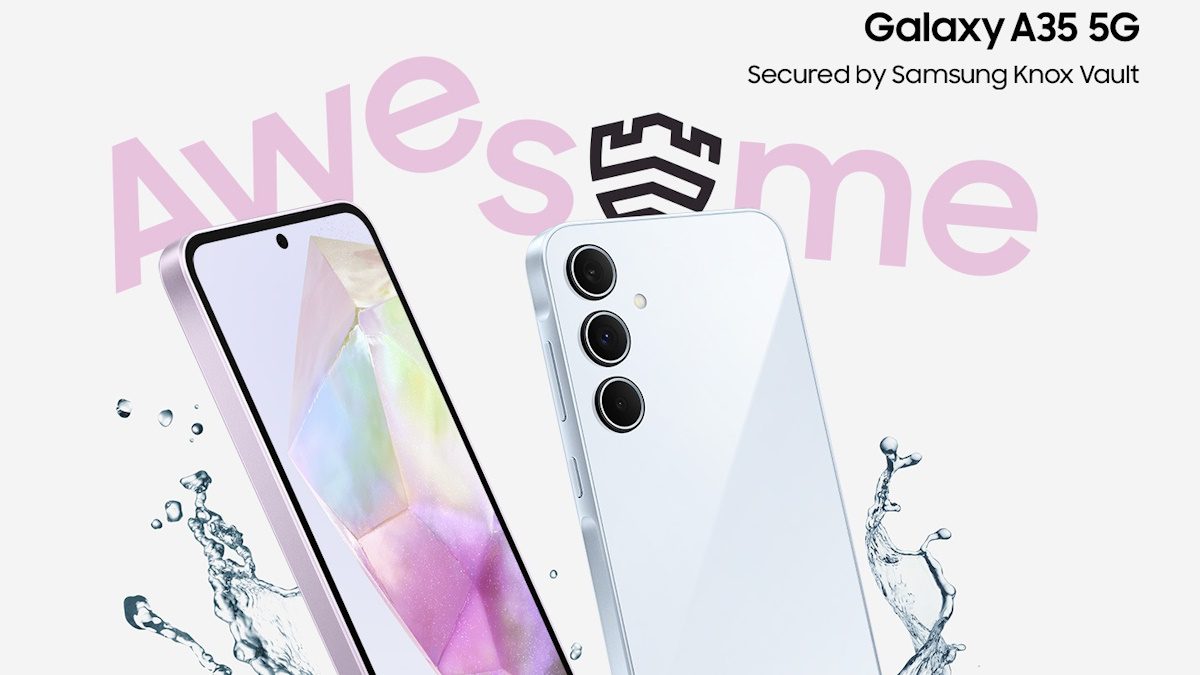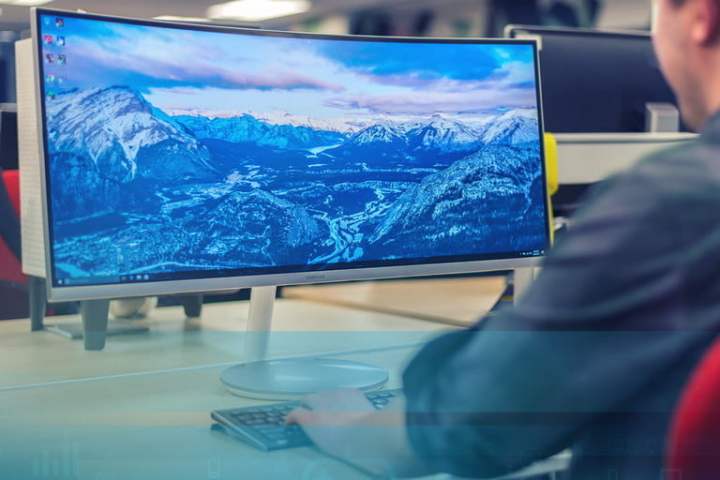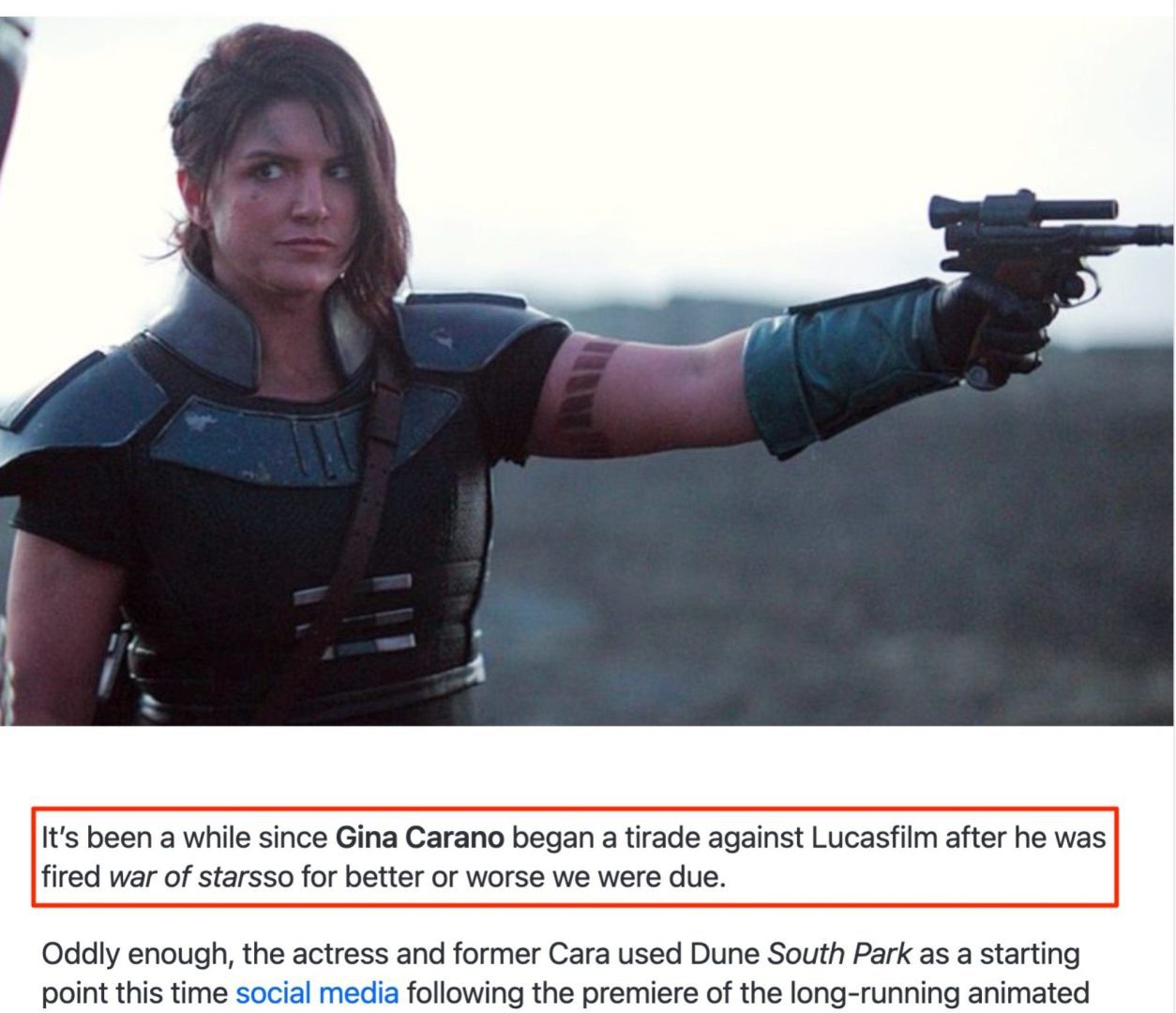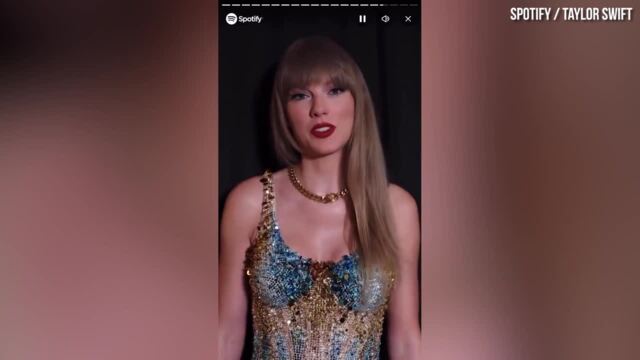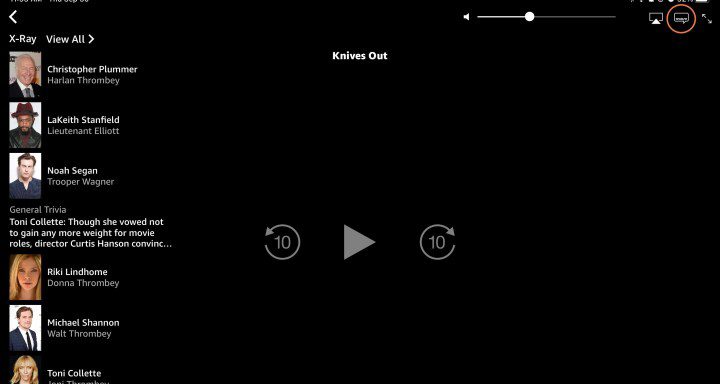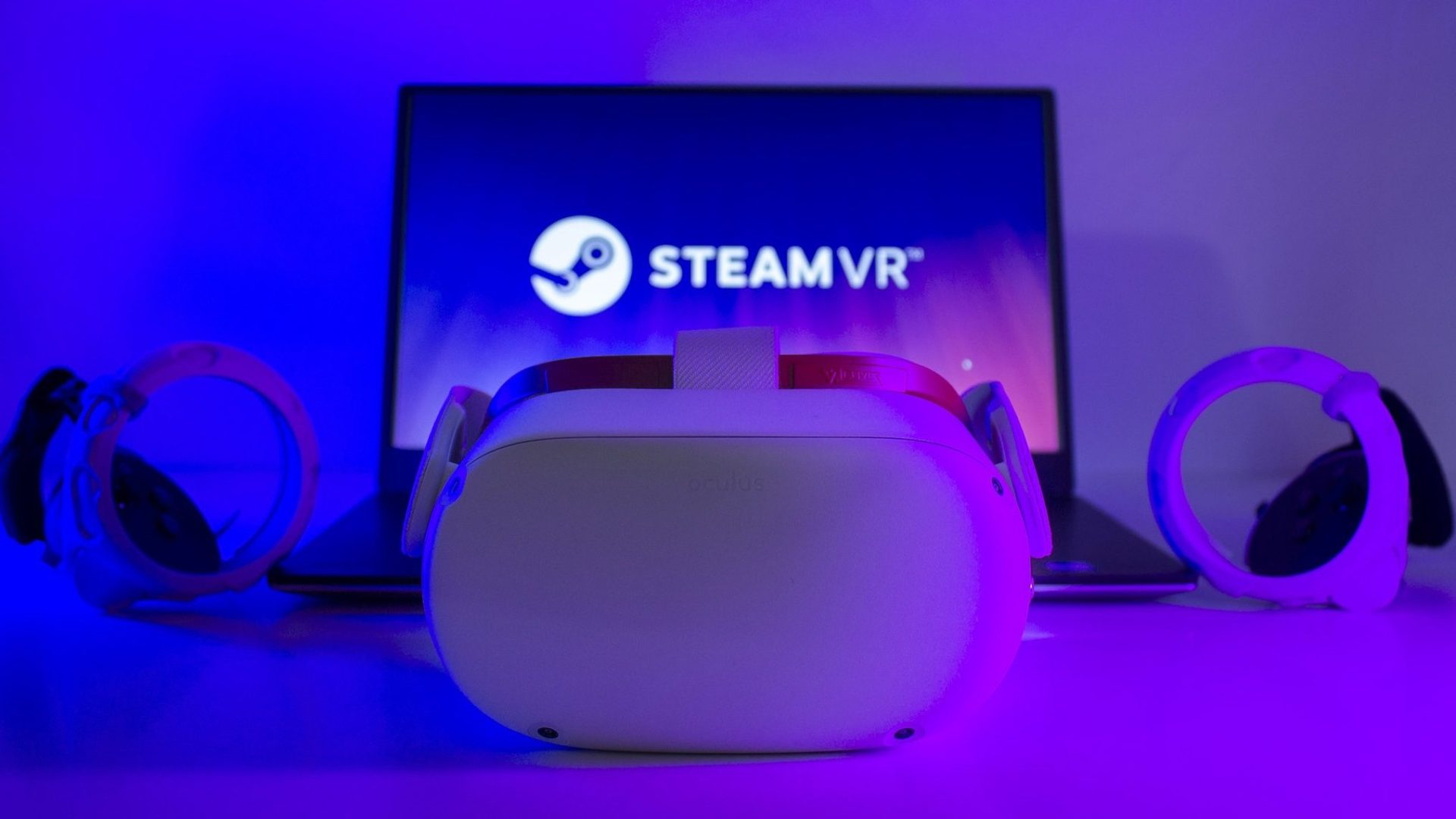SpaceX says its satellite service passed testing on Android and iPhone
Mishaal Rahman / Android Authority TL;DR SpaceX has sent a letter to the FCC regarding its initial testing of Direct to Cell satellite phone service. The service was tested on unmodified Samsung, Apple and Google handsets. The company says the service works in “urban and rural areas, indoors and outdoors, under clear skies and under […]

Mishaal Rahman / Android Authority
TL;DR
- SpaceX has sent a letter to the FCC regarding its initial testing of Direct to Cell satellite phone service.
- The service was tested on unmodified Samsung, Apple and Google handsets.
- The company says the service works in “urban and rural areas, indoors and outdoors, under clear skies and under the cover of trees.”
SpaceX plans to launch its Direct to Cell satellite phone service later this year. The service is powered by SpaceX’s fleet of Starlink satellites and is currently undergoing testing. According to the company, it appears that everything is working as well, if not better, than expected.
First spotted by PCMagSpaceX sent a letter to the FCC to report on its initial satellite service tests. In the letter, the company boasts that Direct to Cell “meets or exceeds testing goals.”
For testing, SpaceX claims to have used “multiple models of unmodified Samsung, Apple and Google devices using the PCS G Block spectrum.” The tests reportedly successfully sent and received text messages from traditional SMS, X (formerly Twitter) and WhatsApp.
It appears that the department had no problem with the location of the devices either. The company says Direct to Cell works in “urban and rural areas, indoors and outdoors, in clear skies and under the cover of trees.” It is stated in the letter that these tests took place in Redmond, WA; Mountain View, California; and Kansas City, Kansas. Additionally, SpaceX claims the devices were able to communicate without “harmful interference from adjacent-band devices.”
SpaceX has partnered with T-Mobile to offer the service to T-Mobile customers. When it finally launches, initial coverage will include the continental United States, Hawaii, parts of Alaska, Puerto Rico, and U.S. territorial waters. The service is also expected to be offered to operators around the world, including Rogers (Canada), Optus (Australia), One NZ (New Zealand), Salt (Switzerland) and KDDI (Japan).

